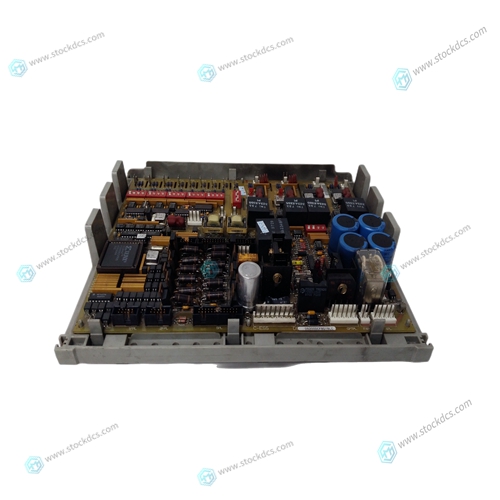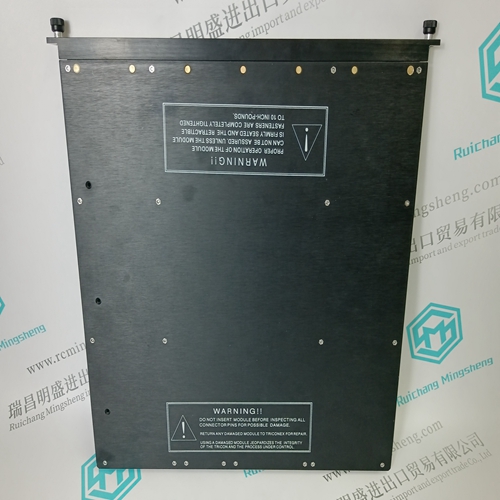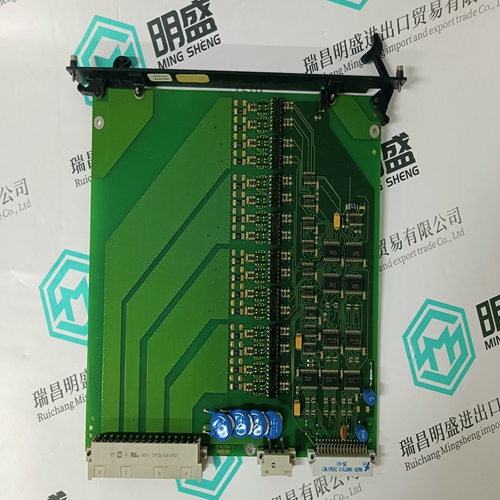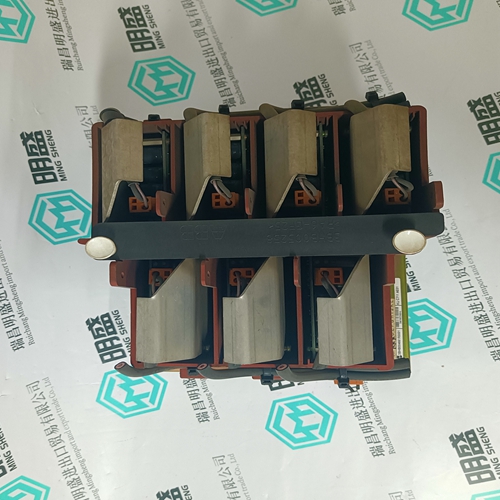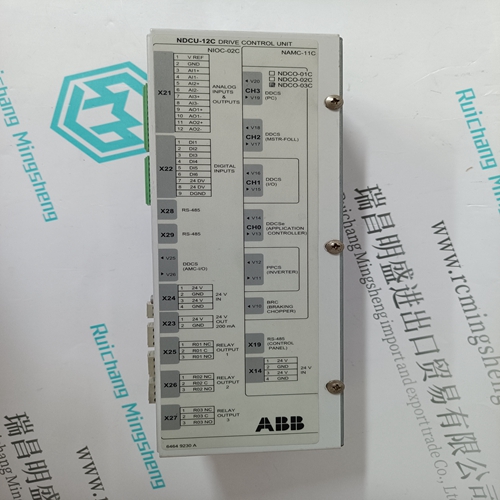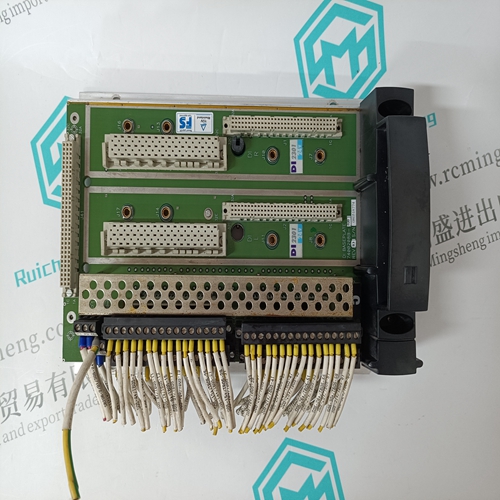Home > Product > Gas turbine system > GE DS200QTBAG2A Gas turbine electronic card
GE DS200QTBAG2A Gas turbine electronic card
- Product ID: DS200QTBAG2A
- Brand: GE
- Place of origin: The United States
- Goods status: new/used
- Delivery date: stock
- The quality assurance period: 365 days
- Phone/WhatsApp/WeChat:+86 15270269218
- Email:xiamen2018@foxmail.com
- Tags:GEDS200QTBAG2AGas turbine electronic card
- Get the latest price:Click to consult
GE DS200QTBAG2A Gas turbine electronic card
The NodeBuilder LTM-10 provides the initial execution platform for the application under development. Programs are initially developed using the LTMRAM.DTM device template to support download and test operations. This execution platform does not support control of the Neuron Chip input clock. The LTM-10 has a 10MHz input clock. Applications targeting twisted pair control modules using a 5MHz input clock must be written to tolerate the reduced execution performance. Connect the LTM-10 to the target I/O circuit using the cable detailed in figure 13 and Echelon Model 21860 Module Application Interface (MAI). The cable and MAI are included with the NodeBuilder Development Tool. The cable also may be easily constructed with common 28 AWG (7x36 stranded) flat ribbon cable and IDC socket connectors on 0.100" (2,54mm) centers. Check that JP1 of the MAI is shunted. See MAI Considerations in Appendix B for more information.
Programming
The NodeBuilder software generates application image files automatically with each build.
Chapter 5 of the NodeBuilder User's Guide describes the various data files exported. Once a
build is successfully completed using the correct device template file, the next step is to commit
the program image to the program memory device using a PROM programmer. The program
images generated by the NodeBuilder software are stored in the device directory, with a base file
name which matches the device name. ROM/PROM based devices are programmed using the
Neuron ROM image file (
Warning:
Power application I/O circuits using only one power source. Echelon’s plug-in power supply will provide up to 150mA @ 5VDC for the application I/O circuit. Should more power be required, use a suitably regulated 5VDC power supply connected to J4 of the LTM-10 mother board. It is also possible to power the LTM10 using the application I/O power supply. Avoid using multiple power supplies whenever possible.







Company product range
----------------------Ruichang Mingsheng Automation Equipment Co., Ltd----------------------
PLC module, programmable controller, CPU module, IO module, DO module, AI module, DI module
Network communication module,
Ethernet module, motion control module, analog input module, analog output module, digital input module, digital output
Module, redundancy module, power module, relay output module, relay input module, processor module
